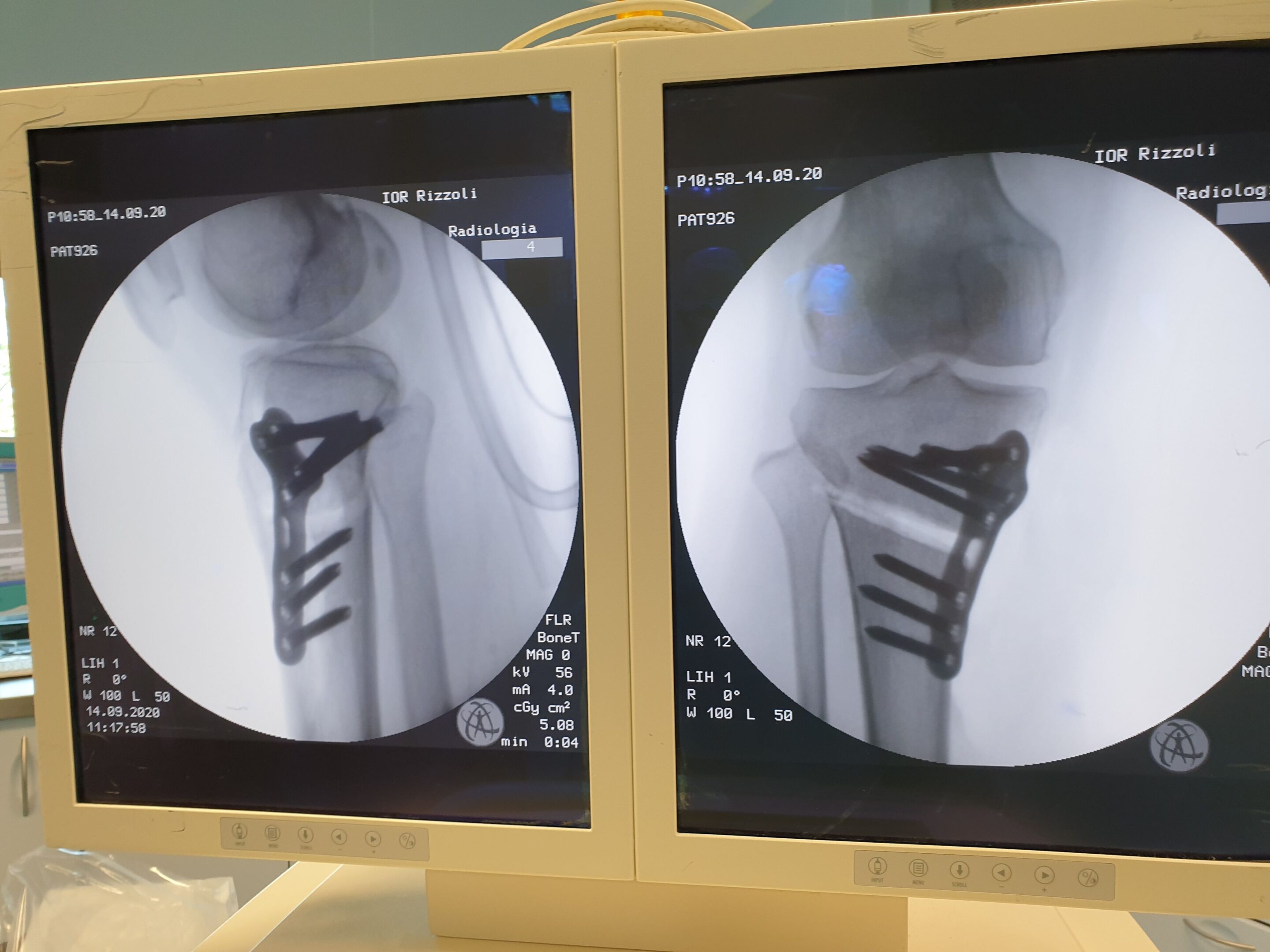The information, including but not limited to, text, graphics, images, videos and other material contained within this website are for informational purposes. This website should not be used as a substitute for speaking to a medical professional. Always seek the advice of your doctor or other qualified health care professional with any questions you may have regarding your condition or treatment.
Knee problems may be preventing you from leading a full and active life. This doesn’t have to be the case. If you’re suffering from knee osteoarthritis or other ligament problems around the knee joint, you may benefit from a HTO (High Tibial Osteotomy) surgery.
HTO surgery can delay the need for a knee joint replacement for many years. The vast majority of patients (90%) return to sport following surgery, allowing them to return to the activities they love, like running, golf, cycling and even climbing mountains!
What is a High Tibial Osteotomy (HTO) procedure?
High Tibial Osteotomy (HTO) is a surgical procedure that involves cutting and realigning the tibia to correct alignment problems in the knee. This procedure is often used to treat younger and more active patients with osteoarthritis isolated to one side of the knee.
The goal of HTO surgery is to relieve pain and improve function in the affected knee by realigning the tibia in order to ensure weight is evenly distributed across the joint. This can help reduce stress on the damaged cartilage and delay the need for a total knee replacement.
During the procedure, the surgeon will make an incision on the inner side of the knee and carefully cut the tibia bone. The bone is then repositioned and held in place with screws or a plate. The incision is then closed with sutures or staples, and the patient’s leg may be protected using a cast or splint while it heals.
What’s the difference compared to a knee replacement?
There are significant differences between a knee replacement and a high tibial osteotomy. There are also different types of this surgery to consider.
Many UK-based patients with knee arthritis are given the recommendation of a knee replacement. This isn’t ideal for everyone, particularly younger people or generally active individuals, who are told to “wait until it is bad enough” to gain a few more years. Even those with severe wear and tear on the joint may simply have been offered pain relief drugs and steroid injections which provide only a temporary reduction in pain level.
Knee replacements can remove a substantial amount of healthy joint tissue. You’re also advised against a return to competitive sport as it can wear out the artificial joint. For young and active patients, this might not be a good option.
A knee osteotomy can provide long-term results and positive clinical outcomes. It can delay the need for knee replacement by approximately 10 years and in some cases, it can be the definitive treatment, avoiding the need for further surgery altogether.
High tibial osteotomy (HTO) has many potential benefits compared to a knee replacement. Take a look at this overview to view advantages and disadvantages of both of these options:
What can you expect after the surgery?
You may experience knee pain. Following the surgery, you will have a bandage that can be removed the next day. The bandage helps keep the wound dry and therefore free of infection.
You can expect to experience some pain and swelling following the procedure, which can be managed with pain medication and ice.
Before you’re discharged from hospital, a physiotherapist will give you some exercises to work on at home to help you regain the strength in your knee. They will also help you to get back on your feet & walking as soon as possible following the surgery.
What does the recovery process look like?
The recovery process following HTO surgery can vary depending on the individual patient and the extent of the surgery.
In general, most patients can expect to return to their normal daily activities within a few weeks of the procedure.
It takes time to complete your recovery and regain a similar level of strength in your knee joint, particularly to more strenuous activities such as sports or heavy lifting. However, if you follow your doctor’s instructions, complete your physical therapy, there’s every chance of a successful recovery. Many active individuals, particularly young patients, have returned to work, sport or other leisure activities after the surgery.

